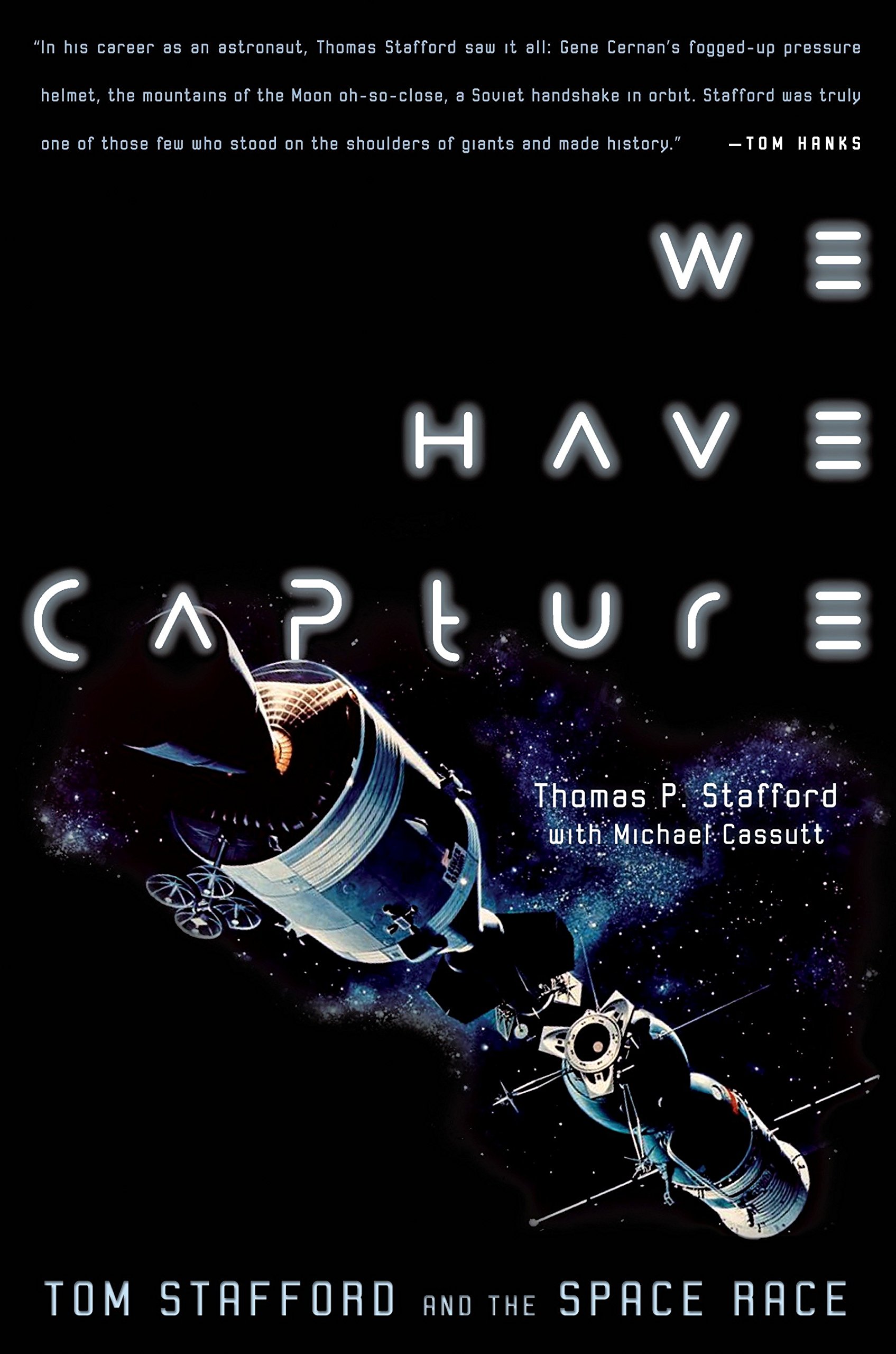 Story: Lt. General Thomas P. Stafford, USAF (retired) recounts his journey from Weatherford, Oklahoma to the Cold War-era Air Force, and from there to the Edwards Air Force Base test flight facility and the second class of astronauts selected by NASA. Stafford would fly two record-setting Gemini missions and command the Apollo 10 mission, essentially a full-on dress rehearsal for the first lunar landing. He also commanded the Apollo half of the Apollo-Soyuz Test Project flight, the first international mission in space and the first docking of American and Soviet spacecraft. Even after his retirement from the NASA flight rotation, Stafford would go on to serve frequently as America’s ambassador to the Soviet and Russian space programs, right through the Mir/Shuttle docking missions and the International Space Station; and at the same time, he was still fighting the Cold War as well, drawing up the B-2 Stealth bomber’s specs on a hotel napkin. He would also be on many advisory boards regarding NASA safety issues in the wake of both the Challenger and Columbia disasters, and would eventually return to Weatherford to found an aerospace museum.
Story: Lt. General Thomas P. Stafford, USAF (retired) recounts his journey from Weatherford, Oklahoma to the Cold War-era Air Force, and from there to the Edwards Air Force Base test flight facility and the second class of astronauts selected by NASA. Stafford would fly two record-setting Gemini missions and command the Apollo 10 mission, essentially a full-on dress rehearsal for the first lunar landing. He also commanded the Apollo half of the Apollo-Soyuz Test Project flight, the first international mission in space and the first docking of American and Soviet spacecraft. Even after his retirement from the NASA flight rotation, Stafford would go on to serve frequently as America’s ambassador to the Soviet and Russian space programs, right through the Mir/Shuttle docking missions and the International Space Station; and at the same time, he was still fighting the Cold War as well, drawing up the B-2 Stealth bomber’s specs on a hotel napkin. He would also be on many advisory boards regarding NASA safety issues in the wake of both the Challenger and Columbia disasters, and would eventually return to Weatherford to found an aerospace museum.
Review: Co-written with Michael Cassutt (who also co-wrote Apollo-Soyuz astronaut Deke Slayton’s memoirs), “We Have Capture” is an engrossing read for anyone interested in the history of the U.S. space program. Many of the stories you’ve already heard have something in common – Thomas Stafford was on the flip-side, whether it was flying the plane that landed safely mere minutes after another plane carrying a promising two-man rookie Gemini crew crashed, or taking over as NASA’s Chief Astronaut after Alan Shepard overcame Meniere’s Disease and reclaimed his place on the flight roster, or commanding half of the Gemini 6 / Gemini 7 rendezvous mission, or commanding the Apollo 10 moon landing “rehearsal” mission that went to the moon and did everything but land. Tom Stafford was there.
But his claim to fame, and still clearly one of his proudest achievements, was commanding the final Apollo mission, which accomplished an unprecedented rendezvous and docking with a Soviet Soyuz vehicle in Earth orbit. So much of what is going on in space today – International Space Station crews consisting of American and Russian astronauts, with both U.S. shuttles and Russian Soyuz capsules docking there – started with Stafford’s final space shot.
One of “We Have Capture”‘s most fascinating features is that the story “intercuts,” almost like you’d expect in a movie, between Stafford’s mission training and that of Soviet cosmonaut Alexei Leonov, with whom Stafford would later famously shake hands in space during Apollo-Soyuz. With the book’s emphasis on facts and figures and events, the relationship between the author and Leonov is more glimpsed than explored, even after Apollo-Soyuz; it’s fairly late in the book before one gets the impression that a lifelong friendship formed between the two. But the information about the Soviet space program, including their aborted lunar and space shuttle programs, brings many things to light that I hadn’t seen or heard anywhere else. I’m ready for Leonov‘s book.
Through it all, though, what’s barely addressed is the nearly mind-boggling dichotomy of working to establish friendly relations with the Soviets, while also being prepared to do battle with them. I realize that both sides of that equation can be covered by the man doing his duty to his country, but I almost expected a little more of the internal reconciling of those two wildly different goals to be revealed. But I suppose that could’ve carried this book around the bend from being autobiographical/historical-technical to autobiographical/political, a place that neither the author, nor necessarily his audience, intended to visit in this book.
“We Have Capture” is a brisk read that’ll keep you turning the pages, and it contains much that even the diehard space buff might not know; that alone wins it a hearty recommendation from me.
Year: 2002
Author: Thomas P. Stafford, Michael Cassutt
Publisher: Smithsonian Press
Pages: 287 pages



